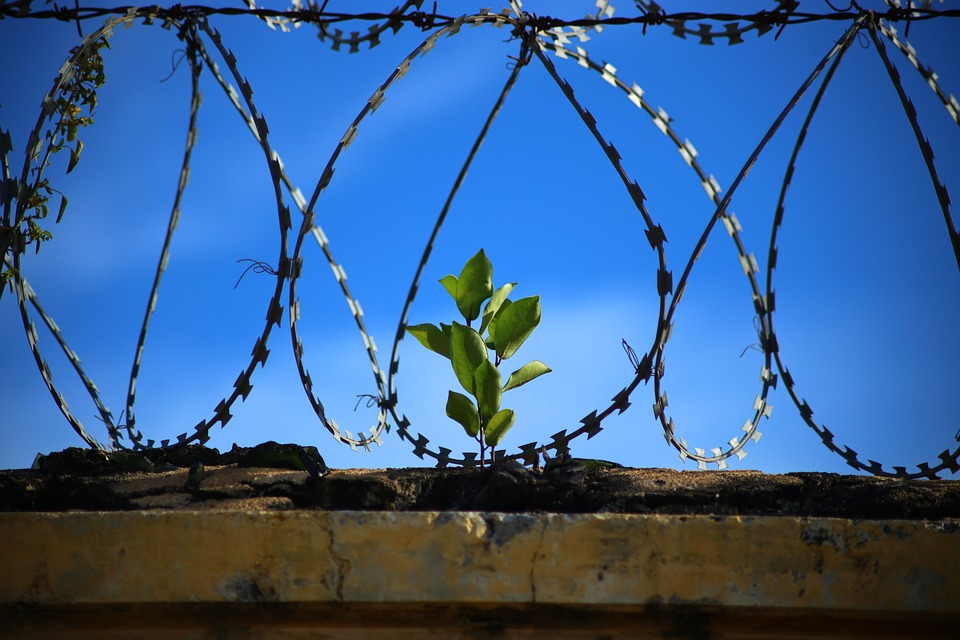Incarceration or Rehabilitation: What Works Best?
Society has a problem on its hands. In 2006, alcohol and drugs were associated with 78% of all violent crimes, 83% of property crimes and 77% of public order, immigration or weapons offenses and probation/parole violations. Substance abuse among offenders continues to concern policy makers because of its high prevalence and its effect on criminal behavior. Are we taking the best steps to minimize the damage in such a delicate situation?
Our answer to substance abuse has mostly been incarceration. An overwhelming 85% of the 2.3 million inmates in the American jail system landed there for substance-related offences. This was a 43% year-on-year growth for such discretion. The numbers are rising and effectiveness of incarceration is still debatable. Two-thirds of prisoners reoffend within three years of leaving prison, often with a much more serious and violent offense. Incarceration can be detrimental to the recovery of an addict. Punishing relapses after treatment with jail time is actually detrimental to the user’s sobriety. They are sent to jail and removed from their normal life and support system, which is an important part of recovery but often ignored. Better intensive treatment or monitoring of drug use would be more effective in most cases. Addiction is not something that can be solved in a short time and going to jail can reverse the positive effects that any previous treatment might have had on the user. It can be a huge setback in the journey to recovery but this, too, has been often ignored.
Widget not in any sidebars
It is easy to play the blame game and shift responsibility on individuals but the hard truth is that treatment offers the best alternative for interrupting the drug use/criminal justice cycle for offenders with drug problems. This should be applicable even in jail, which should be a place where people can ask for the help they require. Relapse into drug use and criminal activity is more likely if the condition is left untreated and public health and safety is called into question as a result. It is still unclear who will be taking the responsibility for such negligence. Additionally, consistent treatment has been shown to reduce the costs associated with lost productivity, crime, and incarceration caused by drug use. In 2005, Federal, State and local governments spent $74 billion on incarceration, court proceedings, probation and parole for substance-involved adult and juvenile offenders, and less than 1% of that amount on prevention and treatment.
Most importantly, drug rehab help solve the root problem: addiction. There are many different views surrounding addiction and what causes it. Drug and alcohol addiction has many physical and psychological characteristics that make it extremely hard to stop, even though continued use may result in devastating consequences. Addiction and alcoholism are chronic, progressive and fatal diseases. Most 12-step programs believe this. To them, alcoholism and addiction are not diseases themselves, but stem from another illness. At some point in their lives, most addicts begin to experience a substantial amount of pain that they can’t handle on their own. In order to deal with the pain, they turn to drugs or alcohol. The drug causes new pain, even though it provided relief in the past. The user needs to keep using, or else the original pain resurfaces. The only way to stop the cycle is with treatment, jail or death.
Treatment can help drug-using offenders change their outlook on life and avoid relapse. It must be admitted that initially it is difficult to get a person into treatment but in the long run, there are tremendous results. Once in a treatment program, however, even those who are not initially motivated to change can become engaged in a continuing treatment process. Out-of-prison rehabilitation and treatment for drug offenders is more effective than imprisonment. It is more cost-effective, lowers recidivism rates, and helps get to the root of the problem of addiction. Rather than a vicious cycle, it’s a virtuous one: Treatment leads to fewer crimes being committed, which lowers the number of people incarcerated at any given time. Less money is spent on prison and jail, so more money can be used for treatment programs. Suffering from an addiction is punishment enough; sending addicts to jail is not the solution to the problem.


